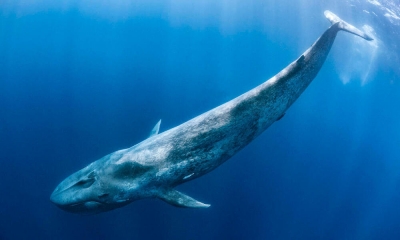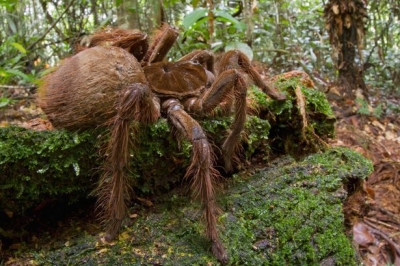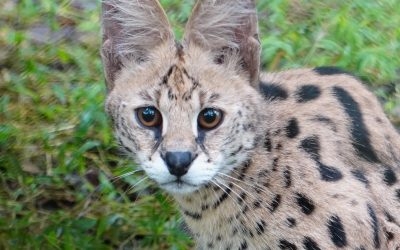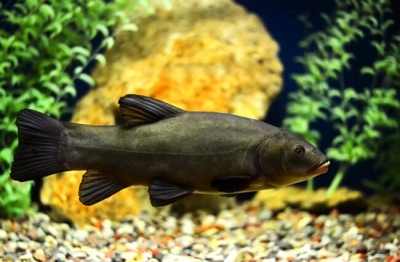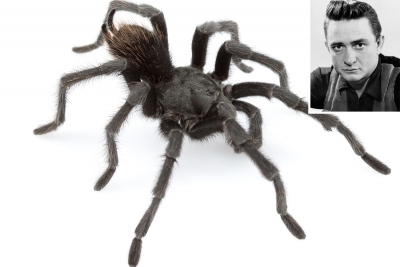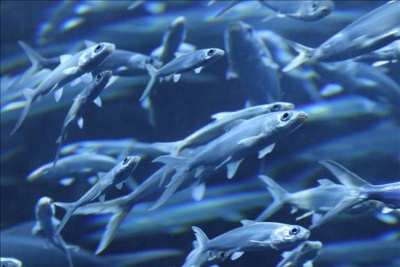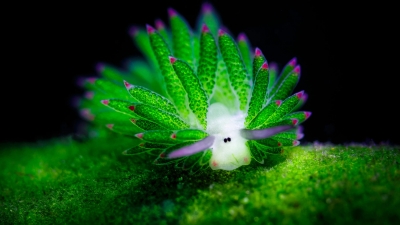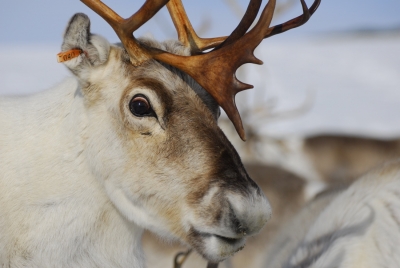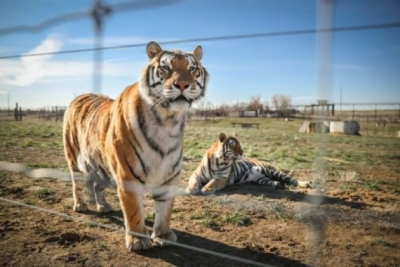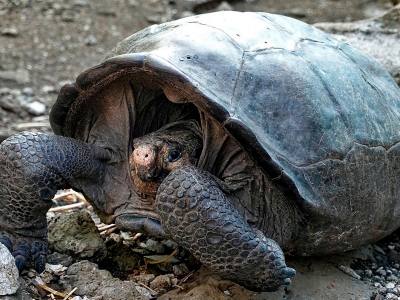What do blue whales feed on?
Blue whales are the largest animals ever to live on our planet. They feed almost exclusively on krill, straining huge volumes of ocean water through their baleen plates (which hang from the roof of the mouth and work like a sieve). Some of the biggest individuals may eat up to 6 tons of krill a day.
Blue whales are found in all oceans except the Arctic Ocean. There are five currently recognized subspecies of blue whales.
The number of blue whales today is only a small fraction of what it was before modern commercial whaling significantly reduced their numbers during the early 1900s, but populations are increasing globally. The primary threats blue whales currently face are vessel strikes and entanglements in fishing gear.
Blue whales sometimes swim in small groups but are more often found alone or in pairs. They generally spend summers feeding in polar waters and undertake lengthy migrations towards the equatorial waters as winter arrives.
Blue whales typically swim at about 5 miles an hour while they are feeding and traveling, but can accelerate to more than 20 miles an hour for short bursts. They are among the loudest animals on the planet, emitting a series of pulses, groans, and moans, and it is thought that in the right oceanographic conditions, sounds emitted by blue whales can be heard by other whales up to 1,000 miles away. Scientists think they use these vocalizations to communicate and—along with their excellent hearing—perhaps to sonar-navigate the dark ocean depths.
The primary diet of blue whales is krill—tiny shrimp-like animals, but fish and copepods (tiny crustaceans) may occasionally be part of the blue whale’s diet. When blue whales hunt for food, they filter feed by swimming toward large schools of krill with their mouth open and closing their mouths around the krill while inflating their throat pleats. Once closed, blue whales then push the trapped water out of their mouth with their tongue and use their baleen plates to keep the krill trapped inside.
Credit : NOAA Fisheries
Picture Credit : Google
